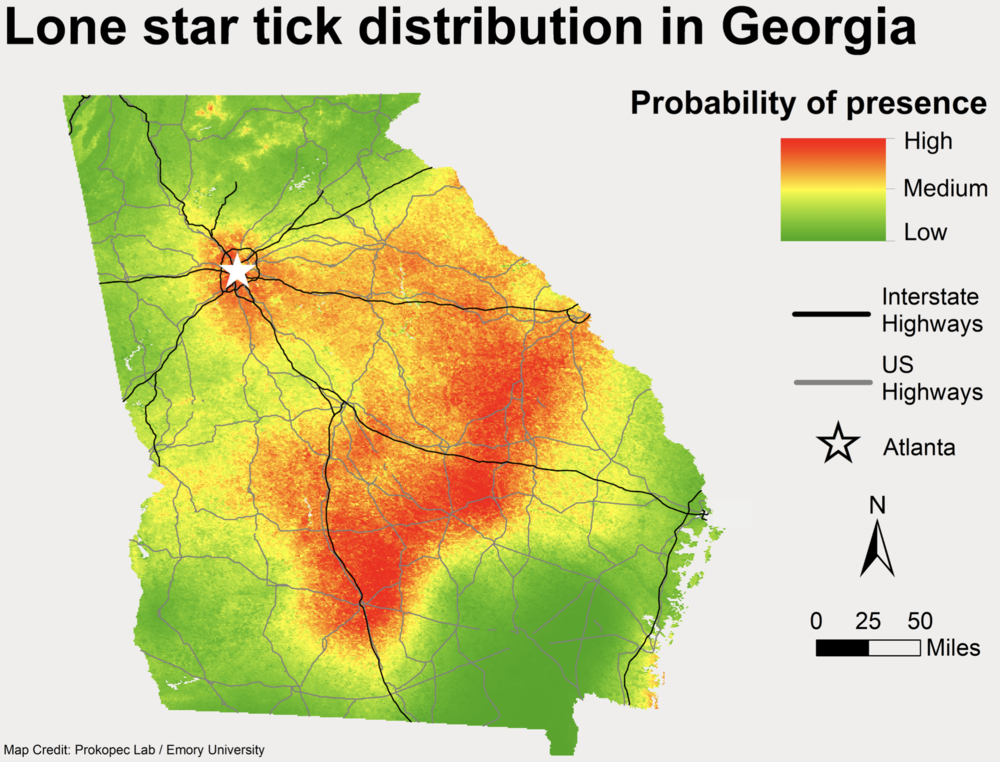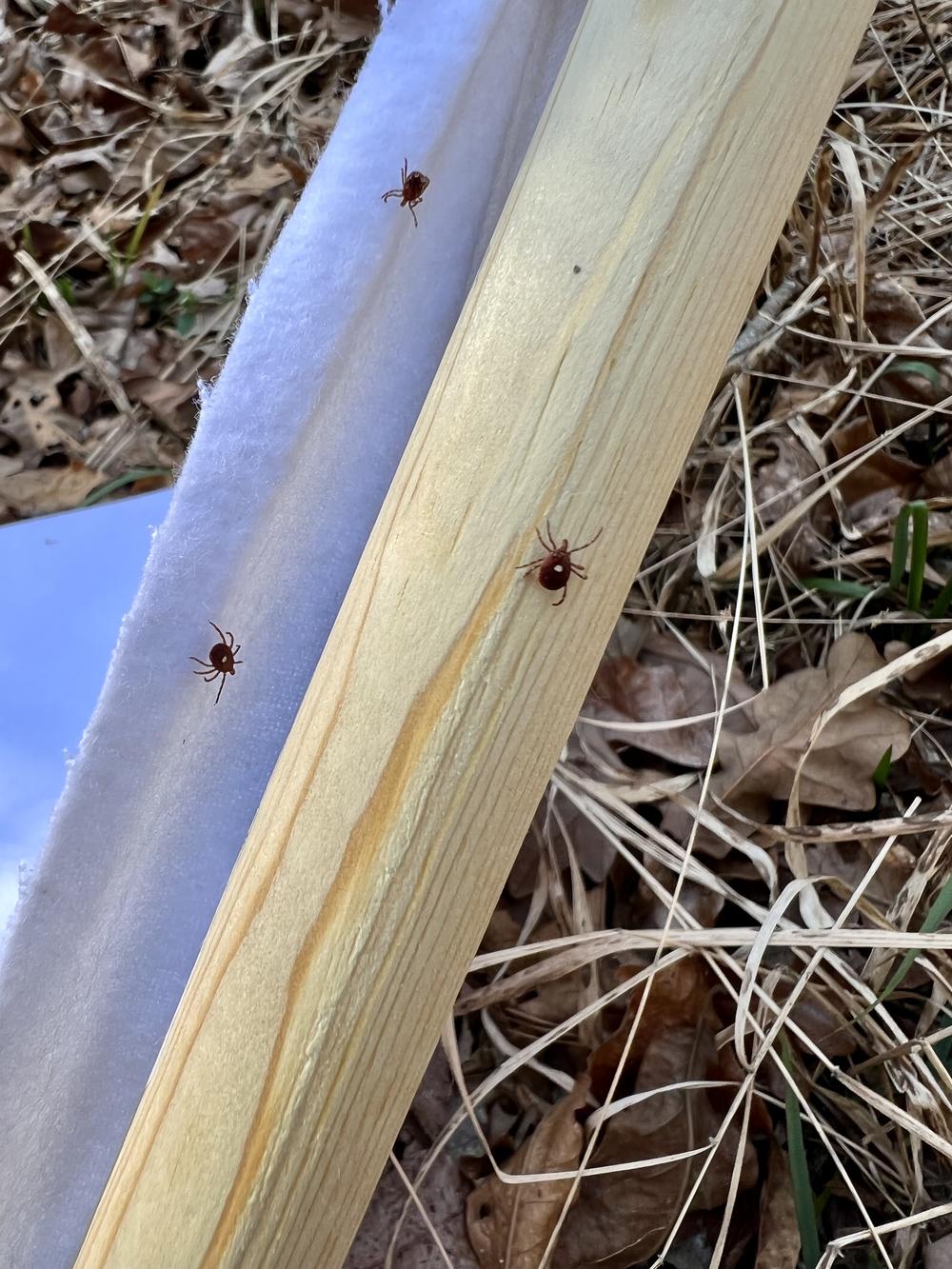
Caption
Mapping the lone star tick — seen here in 2024 — is another step in a comprehensive Emory project to track and monitor the array of tick species in Georgia and the diseases that they can spread — including those caused by emerging pathogens.
Credit: Emory University





